Delve into the fascinating world of astronomy through the lens of spectroscopy! Unveil the mysteries of the universe
For centuries, astronomers have gazed at the night sky, trying to unlock the secrets
of the cosmos. While telescopes help us see farther than the human eye ever could, understanding what we see requires a different tool: spectroscopy.
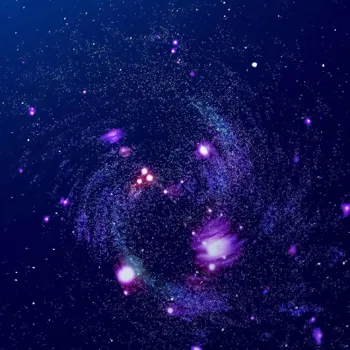
This technique involves studying the light emitted or absorbed by celestial objects. It is like examining a cosmic fingerprint, revealing information about their composition, temperature, density, and even motion.
In Indian astronomy, ancient scholars also recognized the importance of light, though they lacked the sophisticated instruments of today.
They observed the colors of stars and planets, linking them to astrological significance, but the modern scientific understanding of light has revolutionized astronomy.
Spectroscopy uses light to identify elements in celestial objects
Spectroscopy works on the principle that when light passes through a prism or a similar device called a spectroscope, it gets separated into its constituent colors, forming a spectrum. This spectrum is not just a pretty rainbow. It contains dark or bright lines at specific wavelengths.

These lines correspond to the elements present in the object that emitted the light. Each element has a unique spectral signature, similar to a barcode. By analyzing the pattern of these lines, astronomers can identify the elements present in a distant star or galaxy.
Imagine holding up a prism to sunlight and seeing the familiar rainbow of colours like red, orange, yellow, green, blue, indigo, and violet. Spectroscopy is a very powerful tool.
Light from distant star reveals composition and characteristics through spectroscopy
Consider a distant star. The light from that star reaches Earth after traveling for millions of years. When this light is passed through a spectroscope, the resulting spectrum might reveal the presence of hydrogen, helium, and other elements in the star's atmosphere.
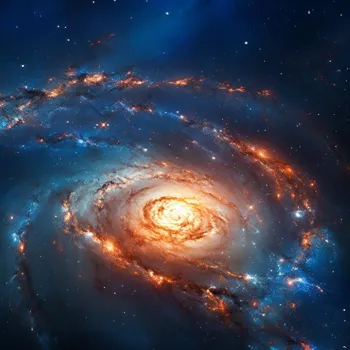
The intensity of these spectral lines also provides information about the star's temperature and density. A hotter star will emit more blue light, while a cooler star will emit more red light.
The broadening of spectral lines can also indicate the star's rotation speed or the presence of strong magnetic fields. Spectroscopy is used for many research projects.
spectroscopy's role in mapping universe's expansion by redshift, Indian contributions
One of the most significant applications of spectroscopy is in determining the redshift of distant galaxies. Redshift is the phenomenon where the light from an object is stretched, causing its spectral lines to shift towards the red end of the spectrum.
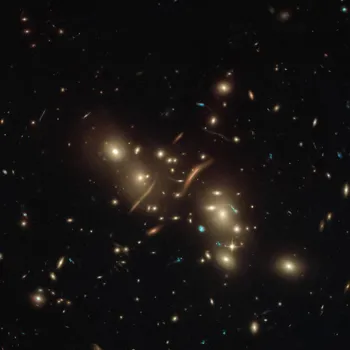
The amount of redshift is proportional to the object's distance from Earth. This is because the universe is expanding. As a result, galaxies are moving away from each other.
By measuring the redshift of thousands of galaxies, astronomers have created a map of the universe and determined its age and expansion rate. Many Indian scientists have also significantly contributed to this.
Spectroscopy studies planets for signs of life beyond stars
Spectroscopy is not limited to studying stars and galaxies. It can also be used to analyze the atmospheres of planets, both within our solar system and beyond.
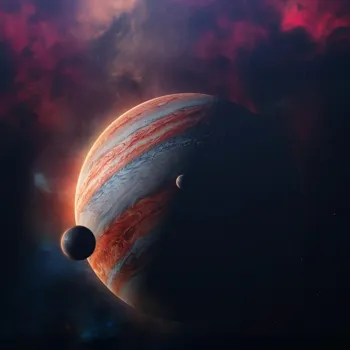
By studying the light that passes through a planet's atmosphere, astronomers can detect the presence of molecules like water, methane, and carbon dioxide. These molecules can provide clues about the planet's potential for harbouring life.
The search for exoplanets, planets orbiting stars other than our sun, is a very dynamic research area, and spectroscopy plays a crucial role in characterizing these distant worlds. Indian space research organization also participates.
Spectroscopy reveals mysteries of nebulae and star formation
Furthermore, spectroscopy has unveiled the mysteries of nebulae, vast clouds of gas and dust in space. These nebulae are often the birthplaces of stars. Spectroscopy allows astronomers to analyze the composition of these clouds, revealing the elements that will eventually form new stars.

It also helps in understanding the processes that trigger star formation. By studying the spectra of different regions within a nebula, astronomers can learn about the different stages of star birth. Spectroscopy provides amazing information about space.
Indian astronomers leading in modern spectroscopy research
The study of the cosmos is a very large undertaking. The study of light is at the forefront. Modern Indian astronomy has fully embraced spectroscopy.
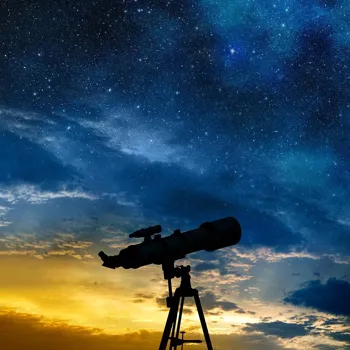
Indian astronomers are actively involved in cutting-edge research, using spectroscopy to study everything from the atmospheres of exoplanets to the evolution of galaxies. There are advanced telescopes at various research centers. These scientists are helping to unlock the secrets of the universe.
So that we can all have a strong understanding.
Future of astronomy spectroscopy bright with new telescopes revealing universe secrets
The future of spectroscopy in astronomy is bright. New telescopes equipped with even more powerful spectrographs are being developed. They will enable us to probe even deeper into the universe. And of course, they will reveal even more secrets.
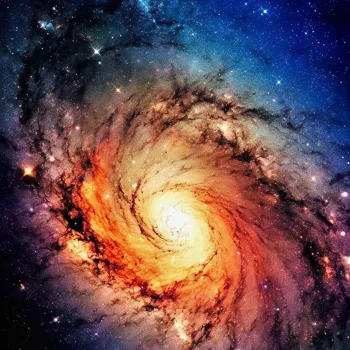
With each new discovery, our understanding of the cosmos grows. The universe is a wonderful playground for curious people. And spectroscopy is a key tool for navigating it.

